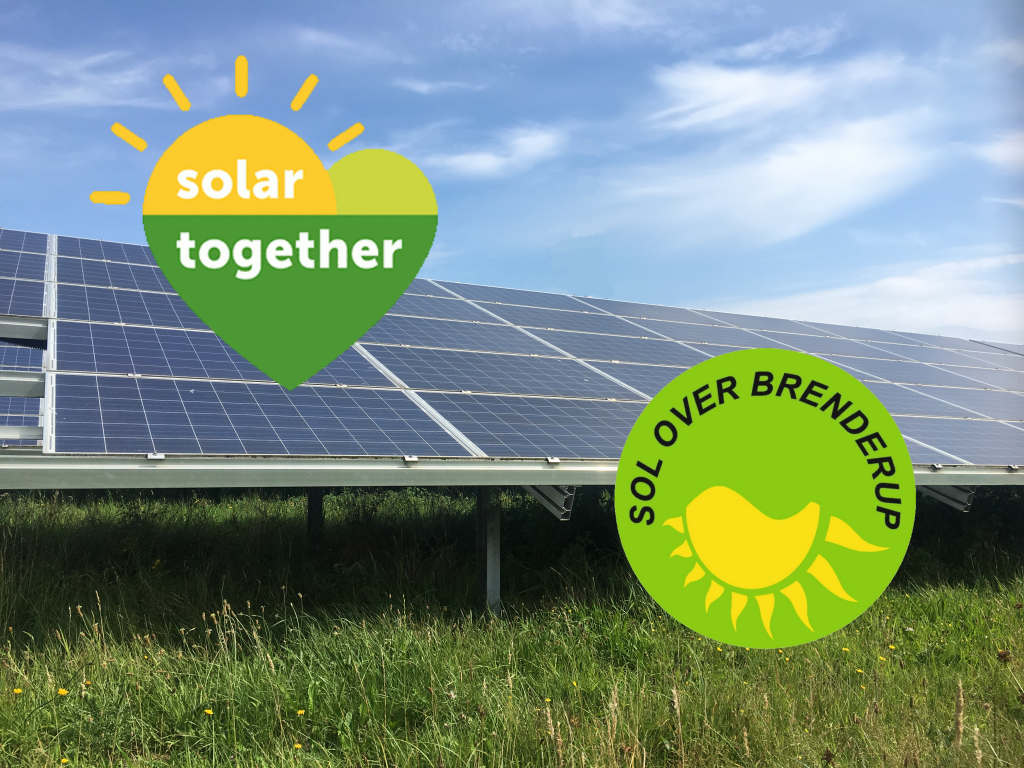Baltic Sea Region meets North Sea Region: in a webinar last week, projects from the UK and Denmark provided inspiration for co-operation between successful projects in engaging citizens towards a clean energy transition.
Our danish project partner, Middelfart Municipality, is also part of the fellow Interreg project EMPOWER 2.0 and organised the online event. It was visited by participants from Lithuania, the UK, Germany and Denmark.
The two solar energy projects “Solar Together Essex”, which coordinates group-buying schemes for rooftop solar panels, and “Sol over Brenderup”, a community energy project, have both realized about 1MW of solar installations and plan to expand in the future. The representatives spoke about their project’s story, success and challenges. Unsurprisingly, with the UK project taking a top-down and the Danish taking a bottom-up approach, the initiators face different challenges along the way.
Citizens from the village Brenderup (DK) presented tips and tricks on how they successfully established their own solar park. The presentation was a good example of a YIMBY way (Yes In My BackYard). One of the project founders stated that financing and all the applications surrounding the project were the big challenges in the beginning. Equally, acquiring all the relevant knowledge as someone new to the field was time consuming and dependent on intermediaries, such as Middelfart Municipality.
The presentation from Essex county (UK), also part of EMPOWER, demonstrated how citizens can make their own collective group purchase of solar PV on their own rooftops, as collective action. You could say this was a YOMRT way (Yes On My Roof Top). Conversely, the challenge to “Solar Together Essex” is reaching potential buyers. In their experience, the more personal, but also more expensive, targeted letter resulted in higher response rate, when compared to giving out leaflets.



 While the district heating system in Varena is already fired by biomass to a degree of 97 % the aim of the project was to prove a 100% off-grid solution is possible as well. To cover the heating needs of the 40 apartments in the building from green sources, 7 wells were drilled to a depth of 100m and connected to a heat pump, while hot water is provided by solar collectors on the roof. The residents covered 40% of the total cost, the city and the JESSICA programme each covered another 30%. Another article on the project can be found
While the district heating system in Varena is already fired by biomass to a degree of 97 % the aim of the project was to prove a 100% off-grid solution is possible as well. To cover the heating needs of the 40 apartments in the building from green sources, 7 wells were drilled to a depth of 100m and connected to a heat pump, while hot water is provided by solar collectors on the roof. The residents covered 40% of the total cost, the city and the JESSICA programme each covered another 30%. Another article on the project can be found 